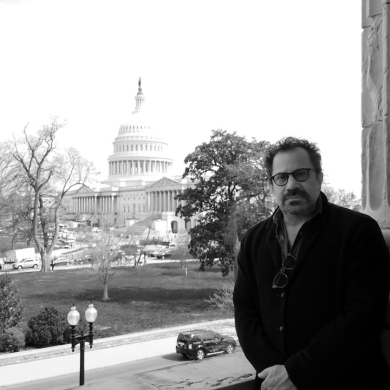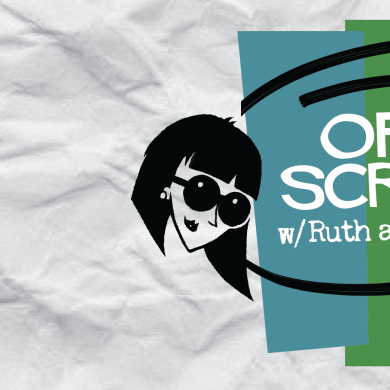By: Melanie Maupin
The red carpet, with its history of fame, success, and glamour, carries a royal air wherever it appears. Just walking on it can create a sense of confidence – as evidenced by a joke on NBC’s Parks and Recreation that finds government staffer Tom Haverford showing off a pair of shoes decked out with red carpet insoles. “Everywhere I go,” Haverford explains, “I’m walking on red carpet.”
Hollywood is synonymous with the red carpet, but the public perception of Hollywood being only the red carpet could not be further from the truth. Behind all the glitz and glamour, filmmaking is difficult, hands-on, down and dirty labor. But it is also incredibly rewarding. Working on set, helping to bring an imaginary world to life, is a thrilling experience that can only be understood by doing it. However, doing it is not without its risks. The work that goes into creating those imaginary worlds can often be excruciating. It can even be dangerous, if the proper guidelines are not followed.
A set is made up of many different departments, each with very unique responsibilities. Each person within each department must work in sync at a rapid and efficient pace without tripping over each other. Many of their tasks would be highly hazardous if performed by an amateur – that’s why the skilled, passionate crew members are experienced in the pressures and procedures of on-set work. And whether they are a 10-person crew or a 300-person crew, on-set regulations help keep them safe amidst the controlled chaos.
For example, the way a shot is lit is an entire art form in itself. It helps paint the image that will be seen on screen. But behind every beautifully illuminated shot is an electrical department whose job it is to send heavy lights high up in the air, run power to each source of light, and balance the flow of electricity. If one specific shot requires, for example, ten different light sources ranging from 200 watts to 18,000 watts (18K) then the electrical department must know how to safely balance a load of this magnitude. Similarly, if the bulb inside of the 18K light source needs switching, then that must be accomplished without sending a life-threatening shock through the body of an electrician.

The electric department and the art department are just two of several teams on a film set, all of which must know how to handle their unique set of challenges. Every crew member must also be ready and willing to perform their job in any condition. Whether you are filming midday or midnight, in the Arctic Circle or in the Sahara Desert, in the mud or in a flood, each job must still be done correctly and safely – people’s lives literally depend on it.
Fortunately, in addition to safety guidelines, there are protective measures in place to help keep film crews functioning at a high level despite the hazards that loom all around them. Most professional sets are known as “union shows,” which is an indicator that each crew member present belongs to the International Alliance of Theatrical Stage Employees (IATSE). IATSE is the union that represents, helps train, and protects filmmakers and theatrical crews, among others. IATSE provides and enforces the guidelines that make film sets a safe and reliable place to work. Its members are highly skilled professionals who have mastered their craft and are unfazed by difficult circumstances. These creatives number in the thousands and they include electricians, carpenters, painters, seamstresses, costumers, among dozens of other professions. They are able to confront any unforeseen hazards that may arise, executing their roles at the highest level while averting danger all along the way – all because of their extensive training.

Their labor, their passion, and their spirit are why we #StandCreative.
Photo of woman with Steadicam by Graham Kennedy.




